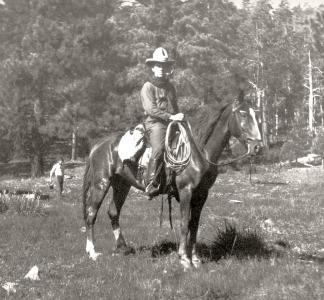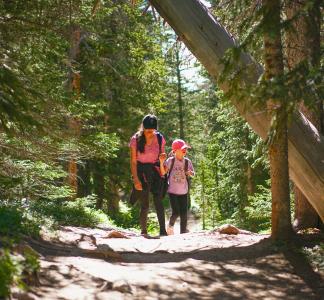8 ways to volunteer and help wildlands on Earth Day
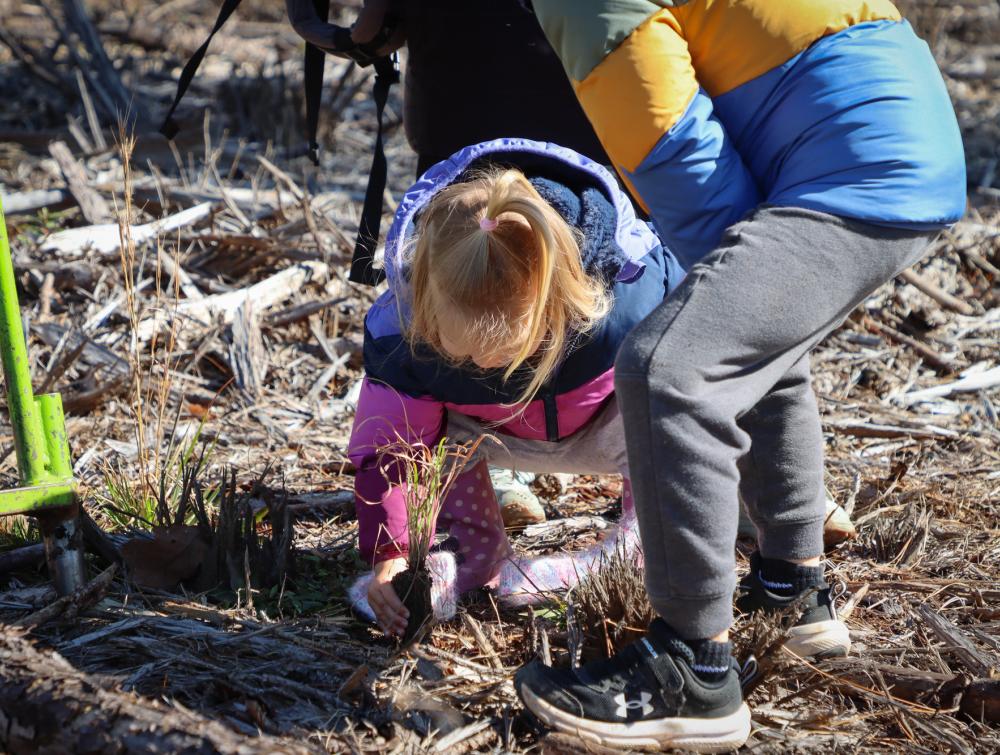
A young volunteer planting a grass seedling in Big Thicket National Preserve, Texas
Scott Sharaga, NPS
What could be a better way to celebrate Earth Day than helping hard-working public lands?
Public wildlands give us so much. They provide places for recreation and solitude, clean air and water—even potent symbols for our national identity. If you're looking to give back to these lands, take a look at our list below. It's full of places that offer volunteering opportunities throughout the year, including Earth Day.
Roll up your sleeves and dig in!
1. National parks
What could be a better Earth Day activity than giving back to our national parks (and spending some time enjoying them in-person, while you’re at it)?
Volunteer opportunities at national parks range from picking up litter to helping guide tours or otherwise shape the visitor experience. There is truly something for everyone, whether you’re just a helpful novice or someone trying to put their special skills to use.
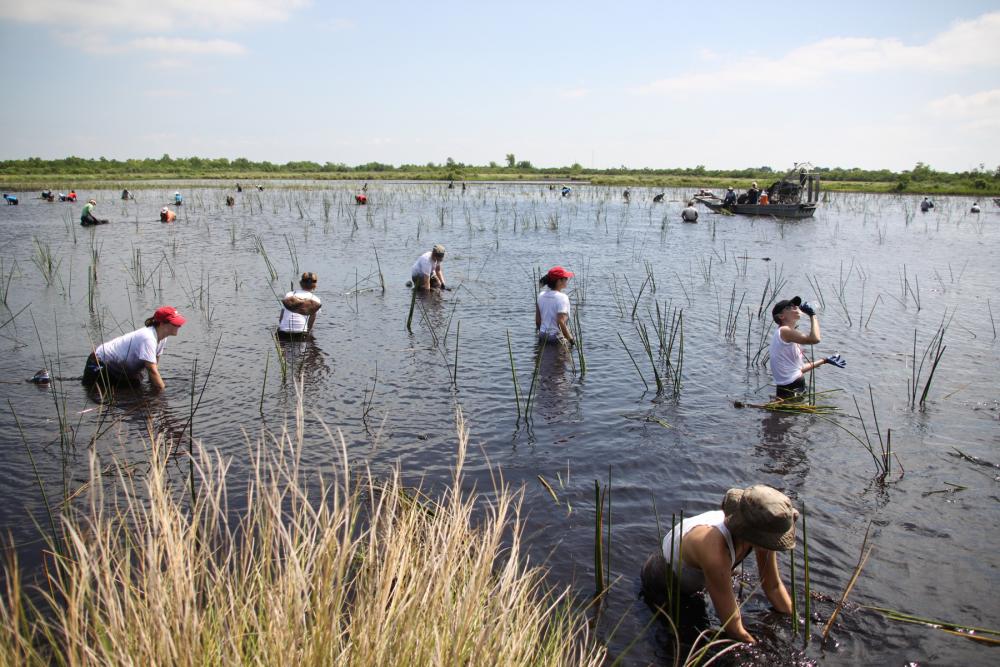
Volunteers plant marsh grasses at Bayou Sauvage National Wildlife Refuge, Louisiana
National Wildlife Federation, Flickr
2. National wildlife refuges
The National Wildlife Refuge System has more than 560 units, protecting (and sometimes restoring) about 150 million acres as habitat for thousands of species, many threatened or endangered. Volunteer opportunities are just as varied as the refuges’ inhabitants: according to the U.S. Fish and Wildlife Service, almost 42,000 people spend free time helping out at refuges, and while special skills are not usually required, opportunities at any given refuge may range from combating invasive plants to helping take wildlife population surveys.
3. National forests
America’s National Forest System contains one of the largest networks of trails in the world and draws roughly 165 million visitors every year. But many of these trails are not in great shape due to a long maintenance backlog caused by chronic underfunding. This means that many people can’t access the trails—and the trails they can access are not always safe.
Fortunately, you can help address this ongoing problem. Many National Forest Service units are in need of volunteers to clear debris from trails, clear water bars—special channels cut into trails to help divert rainwater and reduce erosion—replace signs or complete other tasks to make these areas safer and more visitor-friendly. If that’s not your forte, national forests need volunteers to give campground directions, use a GPS unit to log hiking routes—even act as wilderness rangers and patrol some of the most highly protected lands in America.
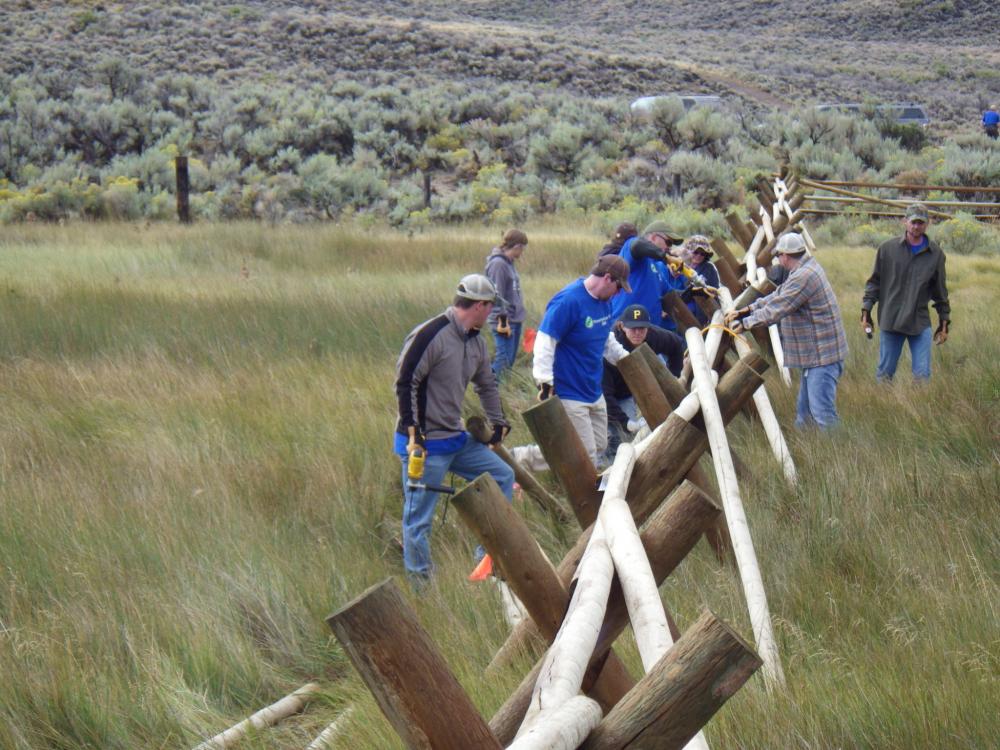
Volunteers repair a fence in Greater Sand Dunes ACEC, Wyoming
BLM, Flickr
4. Bureau of Land Management lands
Not as well known as our national parks, landscapes managed by the Bureau of Land Management (BLM) are spectacular nonetheless—iconic places that safeguard tremendous scenery, wildlife habitat and archaeological resources. And like other American public lands and the agencies that manage them, they are chronically underfunded and welcome all the volunteer help they can get.
BLM volunteer opportunities include everything from operating a gift shop to helping edit a junior ranger activity book.
As with most other national public lands systems, volunteering for 250 or more hours on BLM lands will get you a special volunteer pass that offers free entry to various protected wildlands for a full year.
5. National volunteering websites
Maybe you’re not exactly sure which federal agency or public lands system you’d like to volunteer for. That’s okay—sites like serve.gov and volunteer.gov allow people to search for all sorts of opportunities near them, sorted by various criteria.
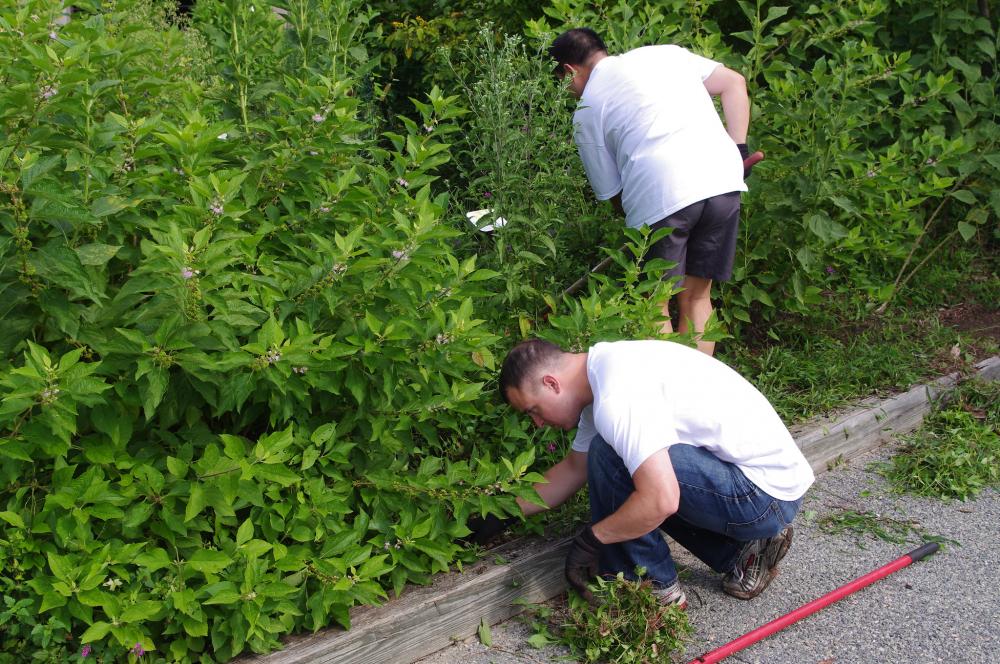
Volunteer tending to vegetation in York River State Park, Virginia
Virginia State Parks, Flickr
6. State park and regional organizations
It isn’t only big, nationally recognized landscapes that need volunteers. State parks near you want people to maintain trails, assist visitors and help preserve archaeological sites, from Arizona to North Carolina to Virginia.
Additionally, non-profit groups like Volunteers for Outdoor Colorado focus on supporting the lands in their state by helping to motivate volunteers and find them the best opportunities. One project near and dear to our hearts: Southern Appalachian Wilderness Stewards, originally established as a division of The Wilderness Society, works to protect lands in Tennessee, North Carolina, South Carolina, Georgia, and Virginia.
7. Local “friends groups”
Many beloved parks have at least one associated “friends group”—an organization of concerned people not necessarily connected with the park in any official capacity who nonetheless meet regularly to raise awareness and improve conditions in these special places. These groups range from Assateague Coastal Trust, which advocates for the protection of Delaware, Maryland and Virginia coastal areas, to the Trail of Tears Association, which was created to advocate for the formation and preservation of the Trail of Tears National Historic Trail.
See a directory of various national park units’ “friends groups.”
8. Outdoor recreation groups
Whether it's hiking, biking or fishing, recreation builds community—and recreation groups often lead the rest of the community in caring for the places we all love. The focal points and activities of these groups vary widely: The more than 140-year-old Appalachian Mountain Club aims to connect more people with the outdoors, and also helps them find trail stewardship opportunities; Outdoors for All helps volunteers work one-on-one participating in outdoor recreation with people with disabilities.
